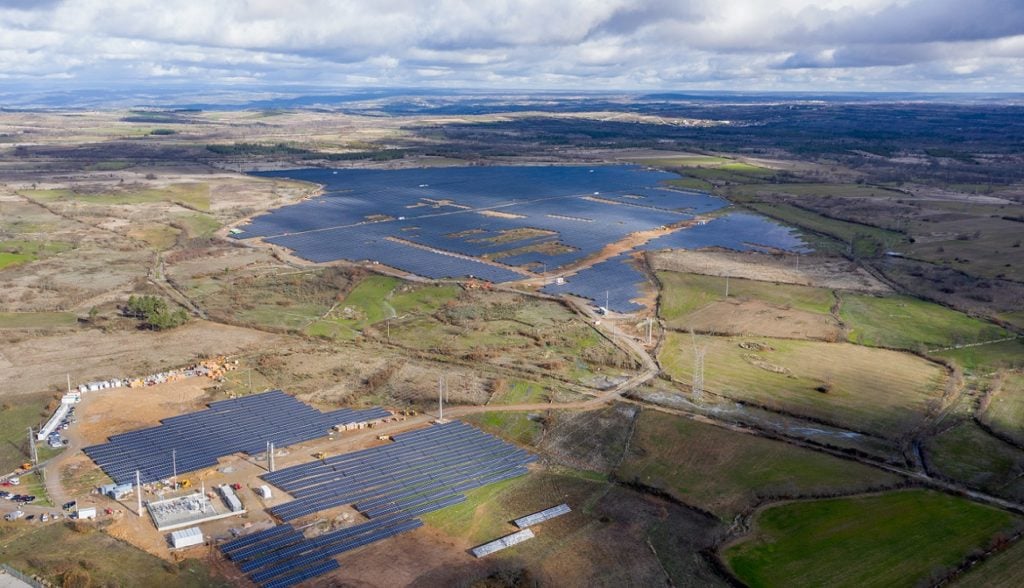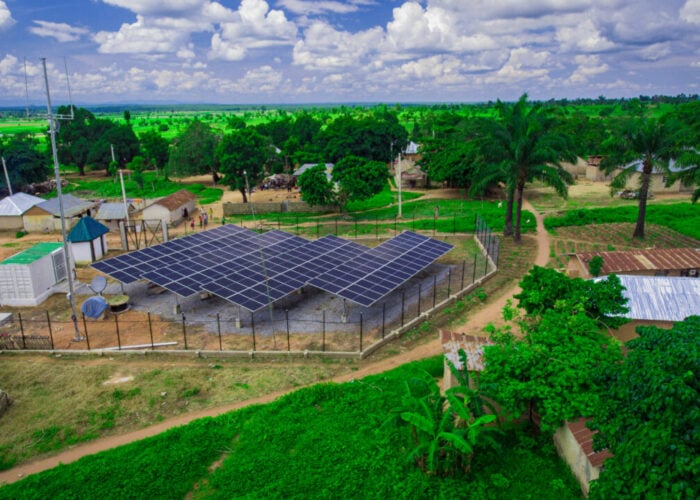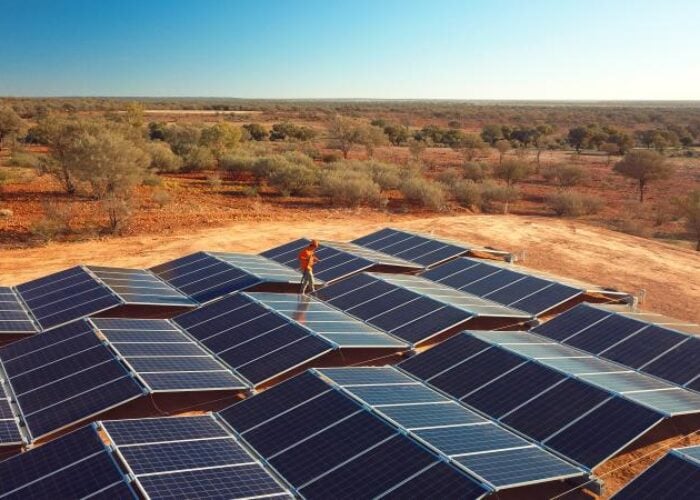
Plans for a temporary revenue cap on solar PV assets across the European Union (EU) could dent investor confidence in renewables, experts have warned, amid concerns that individual member states may be able to set lower caps specific to different technologies.
The European Commission (EC) proposed last week a revenue cap of €180/MWh (US$175/MWh) on ‘inframarginal’ electricity producers such as renewables, which it said “have been making exceptional revenues” as gas plants have driven up the wholesale electricity price.
Unlock unlimited access for 12 whole months of distinctive global analysis
Photovoltaics International is now included.
- Regular insight and analysis of the industry’s biggest developments
- In-depth interviews with the industry’s leading figures
- Unlimited digital access to the PV Tech Power journal catalogue
- Unlimited digital access to the Photovoltaics International journal catalogue
- Access to more than 1,000 technical papers
- Discounts on Solar Media’s portfolio of events, in-person and virtual
Or continue reading this article for free
According to EC estimates, EU member states would be able to collect up to €117 billion from the cap on an annual basis, with the revenues to be channelled to final electricity consumers exposed to high prices.
While the EC has proposed to set the inframarginal revenue cap at €180/MWh, it suggested that member states could adjust it between technologies and even implement lower caps.
According to Daniel Tipping, an analyst at research firm Wood Mackenzie, there could be the case that a country implements a €100/MWh cap for solar projects, but €120/MWh for onshore wind.
“I wouldn’t be surprised to see investors become more wary for merchant business models because of this higher regulatory and legal risk premium and all the side effects that entails,” he says.
Ryan Alexander, research lead for European power markets at consultancy Aurora Energy Research, says there is a risk that governments overreach and implement caps that are lower for solar PV, given that it is the cheapest source of power.
Markets such as Spain and Greece have already proposed their own windfall taxes on power producers, while Germany has indicated it wants to implement technology-specific price caps, according to Alexander, who says the uniform €180/MWh cap for all technologies across the EU makes the playing field a lot more straightforward for market participants.
“As soon as you need to start weighing up how much you’re out of pocket, depending on the market and the technology and the assets you have in your portfolio, this thing starts to get administratively very complex,” he adds.
While the commission’s proposed measures are due to apply from no later than 1 December 2022 and be in place until 31 March 2023, concerns have been raised that they may be extended, given that gas prices are set to remain elevated for years.
“There’s a real question here about if they introduce it for four months, are they going to extend it? Because the problem won’t go away after four months,” Alexander says.
“And if they don’t clarify this, then I think what it’s going to do is have a pretty chilling effect on the investment climate for new renewables and also M&A activity.”
EU countries’ energy ministers are due to hold a summit on 30 September to discuss and adopt the EC’s proposals.
CfD and PPA impacts
In terms of PV assets that could be affected by the measures, the revenue cap safeguards solar PV plants that don’t earn extra profits on electricity markets, such as those backed by feed-in tariffs, contracts for difference (CfD) and corporate power purchase agreements (PPAs), according to trade body SolarPower Europe.
Projects that have a two-sided CfD that are not receiving the market price are not affected by the measures, says Alexander, adding: “But if you are getting some kind of upside through your subsidy scheme, like a one-sided CfD… then the idea of a cap is indeed to take those revenues away from you, and to collect them and redistribute them.”
PPA-backed solar projects that have a strike price below €180/MWh shouldn’t be affected by the cap, according to Alexander.
In a letter sent this week to EU energy ministers, SolarPower Europe said it welcomes the political intention of the EC to adapt the cap on revenues to energy resources that have hedged their revenues, such as through PPAs, and which do not benefit from the high electricity prices.
However, the association cautioned that the text leaves too much room for interpretation for member states, potentially jeopardising existing PPAs if poorly implemented.
The letter reads: “As it currently stands, the cap could be implemented on revenues from the sale of electricity of a generator at the settlement of the energy (closure of the market), disregarding the presence of other contractual agreement on the sale of that energy (fixed price as part of a power purchase agreements).”
Naomi Chevillard, head of regulatory affairs at SolarPower Europe, tells PV Tech that the association would like a cap that applies to net market revenues.
Despite the warnings about investor confidence being impacted, Tipping doesn’t think solar developers will be reeling back spending plans because of the cap.
“It’s worth remembering that a few years ago, no developer/IPP had these power price levels baked even into their ‘bull case’ and most optimistic scenarios. From a high level, €180/MWh is still incredibly attractive, considering wholesale prices were ~€40/MWh for almost a decade prior,” he says.
“Overall, the investment case for solar in Europe has never been as strong.”






